Looking for UNESCO sites in Georgia? Georgia’s UNESCO landmarks are essential stops for any cultural traveler. Discover the spiritual magnetism of Jvari Monastery, the grand architecture of Svetitskhoveli Cathedral, and the distinctive towers of Ushguli. Each site offers a window into Georgia’s rich past and cultural depth. Dive into the histories and secrets of these locations where ancient traditions meet stunning landscapes.
Key Takeaways
- Georgia is home to a rich cultural heritage with UNESCO Sites such as the ancient Jvari Monastery, Svetitskhoveli Cathedral, and the remote villages of Ushguli, which face modern-day threats including urban development, political instability, and environmental challenges.
- The Gelati Monastery, Historical Monuments of Mtskheta, and Upper Svaneti are among Georgia’s prime cultural UNESCO sites, showcasing the country’s medieval architecture, religious significance, and regional historical importance.
- Georgia’s intangible cultural heritage, including traditional wrestling, alphabet, wine-making, and polyphonic singing, reflects the nation’s living customs and is recognized by UNESCO, while efforts to preserve the country’s heritage sites are supported by local communities and conservation initiatives.
Discovering Georgia’s UNESCO Sites
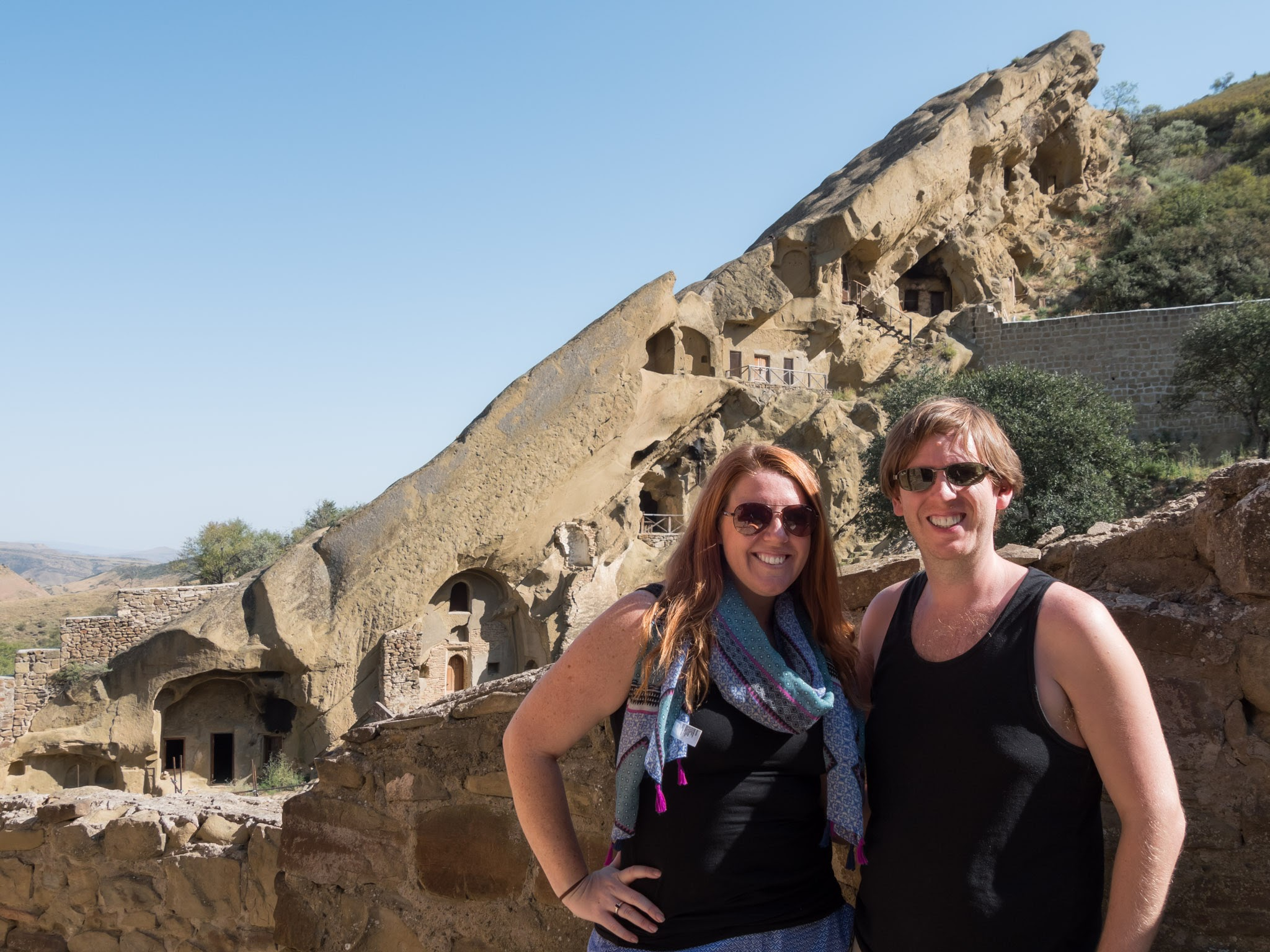
Positioned at the crossroads of Europe and Asia, Georgia stands out as a remarkable hub of cultural and natural heritage, celebrated by UNESCO.
These landmarks represent more than historical artefacts; they are active centres of Georgian culture, resonating with the artistic and architectural brilliance of ancient times. As visitors explore these sites, they walk in the footsteps of kings, scholars, and artists, all of whom have contributed to Georgia’s rich historical tapestry.
Cultural Unesco Sites in Georgia
Gelati Monastery
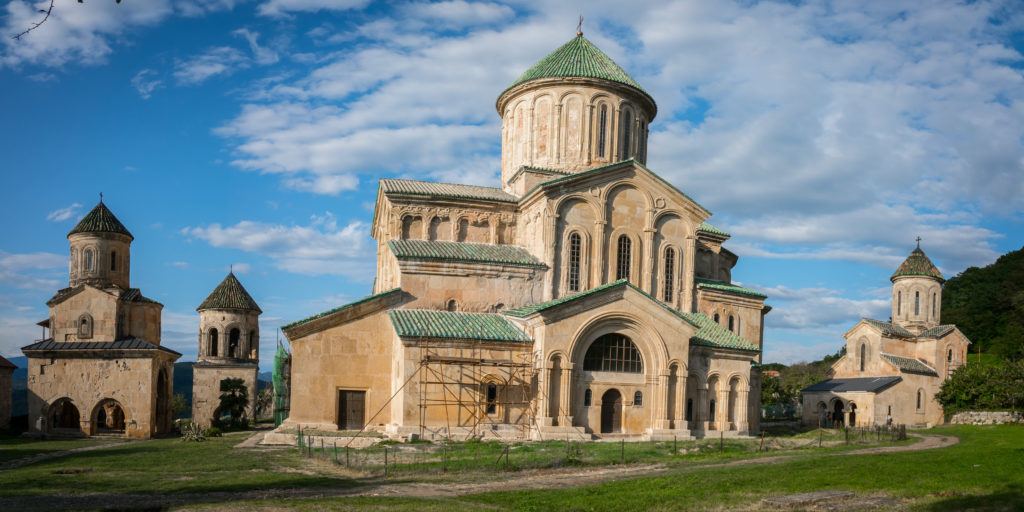
The Gelati Monastery stands as a testament to the Golden Age of medieval Georgia, its walls adorned with stunning mural paintings that span from the 12th to the 17th centuries. Founded in 1106 by King David The Builder, this cultural space also housed an academy that was among the most significant centers of learning in ancient Georgia, fostering a thriving intellectual community. The centerpiece is a breathtaking 12th-century mosaic of the Virgin with Child, showcasing the artistic heights achieved during Georgia’s Golden Age.
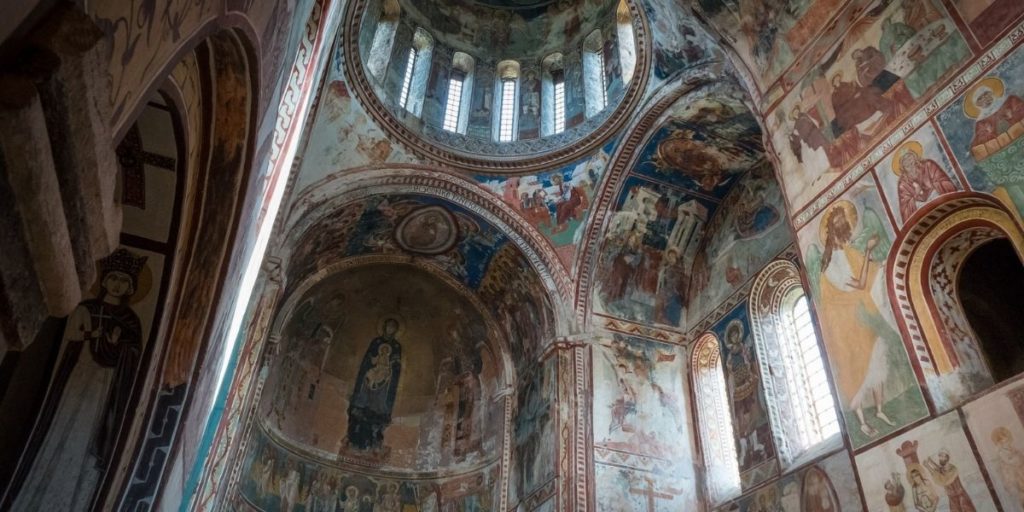
As you wander the stunning basilica of Gelati, the grandeur of the frescoes and the intricate mosaic work transport you back to an era when Georgia was a hub of religious and scholarly activity. The Gelati Monastery, with its impressive eastern facade and north facade, stands proud not only as an architectural marvel but also as a symbol of the enduring spirit of Georgian culture.
The Historical Monuments of Mtskheta
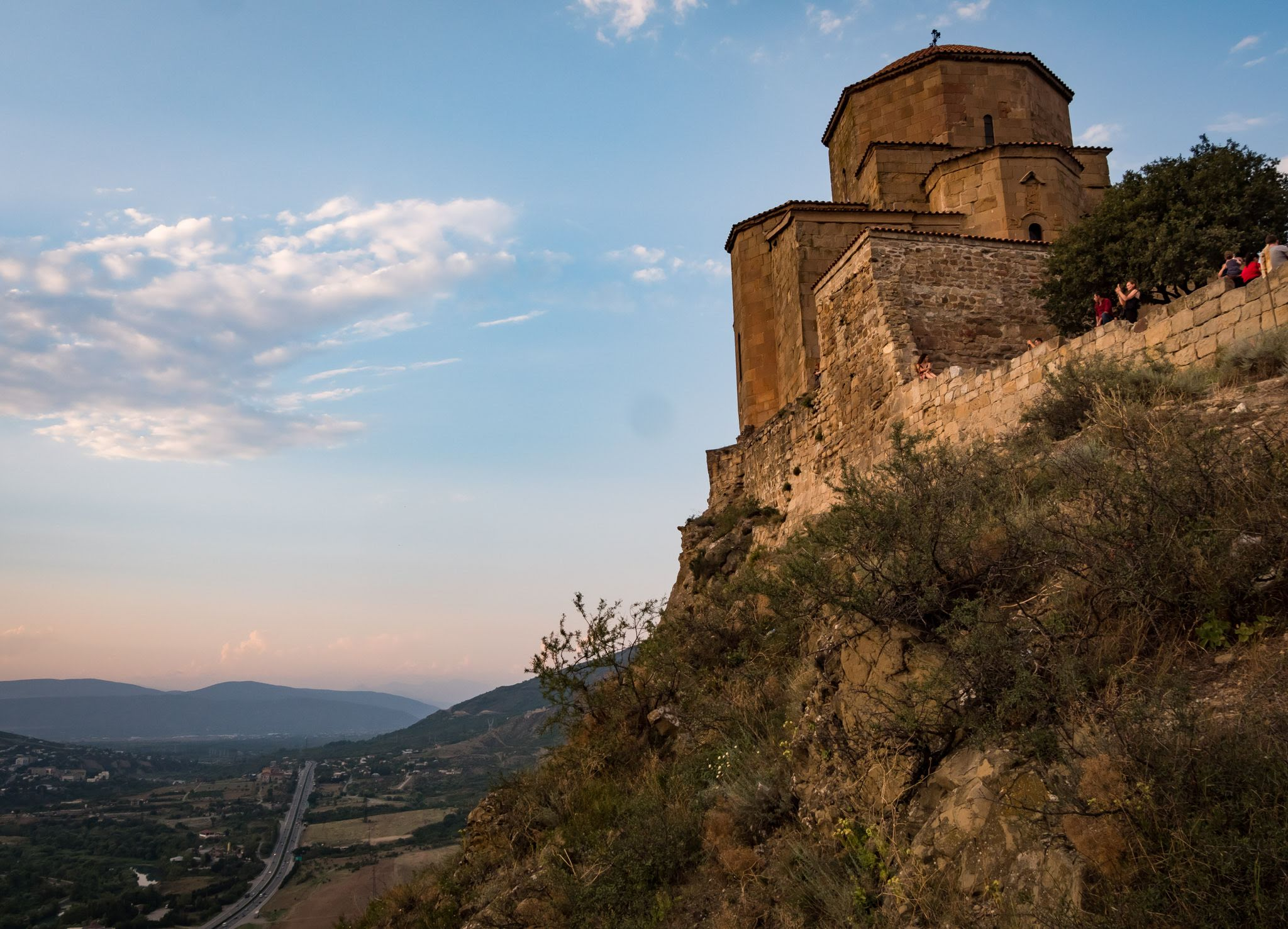
The historic city of Mtskheta, the former capital of the Kingdom of Georgia, and located only about 30 minutes drive from Tbilisi (easy to visit as a daytrip from Tbilsi), is home to some of Georgia’s most significant monuments that showcase the region’s deep cultural and religious heritage. The main atractions at this UNESCO site are the Jvari Monastery, Svetitskhoveli Cathedral, and Samtavro Monastery.
The churches in Mtskheta offer a fascinating glimpse into how church architecture has evolved from the 4th century right up to the 18th century. Despite being centuries old, these buildings have stood the test of time, thanks to careful preservation efforts that help prevent them from falling into decay. When you step inside these storied walls, you can really feel the rich and deep history of Georgia all around you.
Svetitskhoveli Cathedral

Svetitskhoveli Cathedral has been a symbol of Georgian Christianity in the heart of Mtskheta since the 4th century AD. Its architecture combines elegance and solemnity, featuring an east-to-west layout topped with a striking dome. For centuries, this cathedral has been at the core of religious life, reflecting Georgia’s rich history and ongoing spiritual journey.
The walls of Svetitskhoveli Cathedral are steeped in memories of the past, showcasing traces of ancient frescoes that tell tales of faith, authority, and creativity. A UNESCO-recognized landmark, the cathedral has seen numerous restorations but continues to stand as a tribute to its original architect, Arsukidze, and the countless Georgians who have been laid to rest within its sacred space.
Jvari Monastery

Perched on a cliff where the Mtkvari and Aragvi rivers converge, Jvari Monastery stands as a testament to Georgia’s embrace of Christianity, largely influenced by Saint Nino in the 4th century.
It was on this sacred site, where King Mirian, guided by Saint Nino, erected a cross, that the foundations were laid for the Jvari, which now acts as a guardian of Georgian faith and heritage.
Constructed in the 6th century, its cross-shaped design and seamless integration with the natural surroundings set a precedent for church architecture in the region. “Jvari” translates to “cross” in English, and originally, the inside walls were lined with neatly cut stone and later coated with plaster and decorated with frescos, though few of these paintings have survived.
Jvari is more than just a place of worship; it’s an architectural wonder that has influenced the development of numerous other Georgian churches. With its stone walls, and the tranquil beauty of its location, it offers a serene yet awe-inspiring atmosphere that continues to draw visitors year round.
Samtavro Monastery
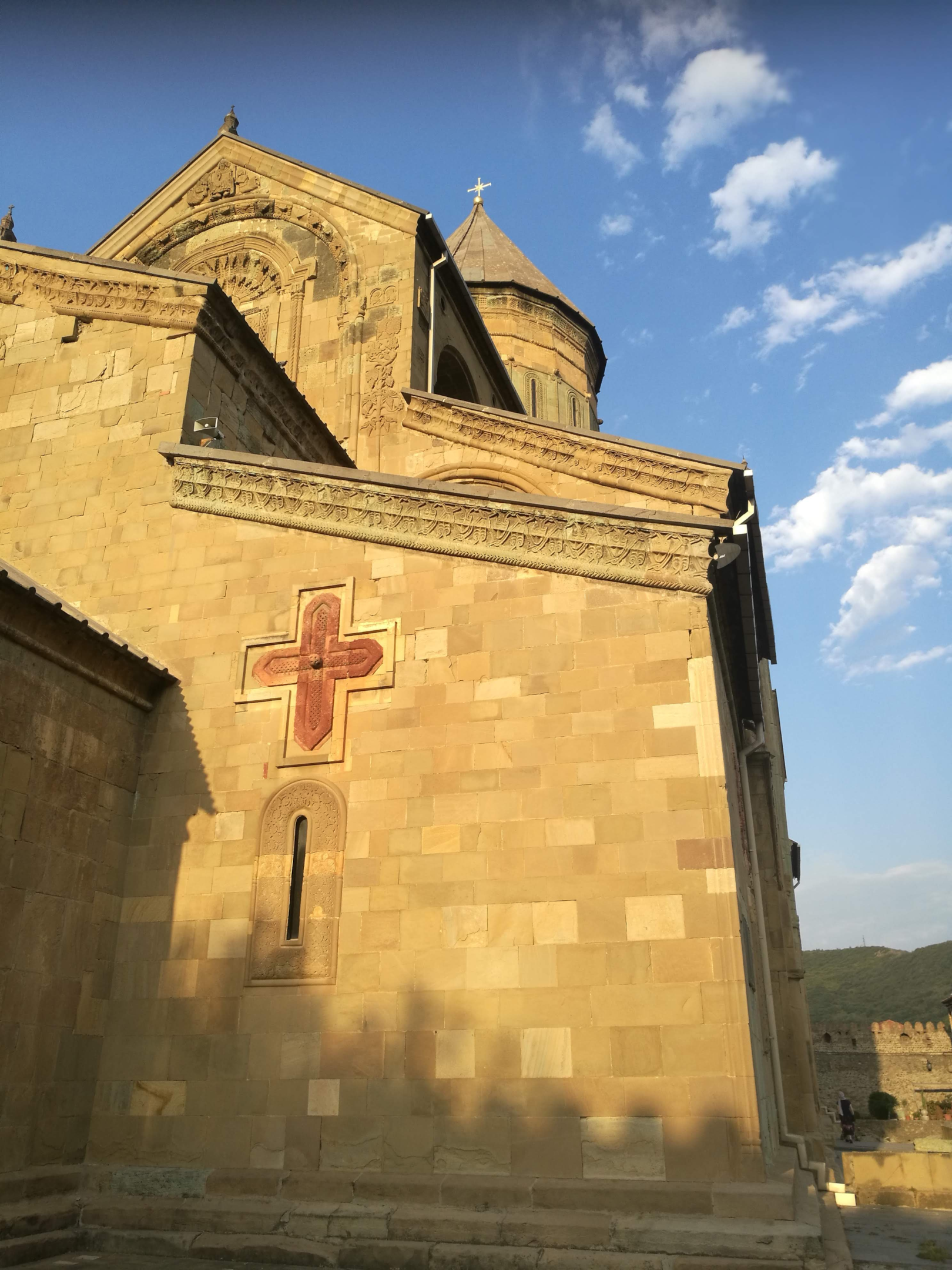
Samtavro Monastery’s origins also trace back to the 4th century. Founded by King Mirian III, the King we mentioned who was the first to introduce Christianity for Georgia. Over the centuries, the building has experienced destruction and reconstruction, time and time again, with its current form dating from the 11th century under King George I. This historic complex, which includes the Samtavro Transfiguration Church and Nunnery of St. Nino, has been a cornerstone of Georgian ecclesiastical life and a new church for the faithful.
Aside from its architectural significance, Samtavro Monastery, the main temple, also known as Nino’s Church, is a burial site of historical figures, including King Mirian and Queen Nana, as well as Saint Nino, who brought Christianity to Georgia.
There is so much to see all in one location it’s a good idea to hire a local guide who can fill you in on all of the fascinating stories of the Svetitskhoveli cathedral, and the other sites of this ancient city. Trust me – it’s worth it!
Upper Svaneti

Upper Svaneti, nestled high in the Georgian Caucasus, is a vivid snapshot of medieval life. Ushguli, one of Europe’s highest continuously inhabited settlements, remains timeless against the march of centuries. This community is famed for its UNESCO-listed medieval villages and iconic tower-houses that stand tall on the rugged mountain terrain. Chazhashi, the crown jewel among these villages, boasts more than 200 medieval tower houses, churches, and castles, many with a second floor, showcasing the area’s historical significance and enduring cultural strength.
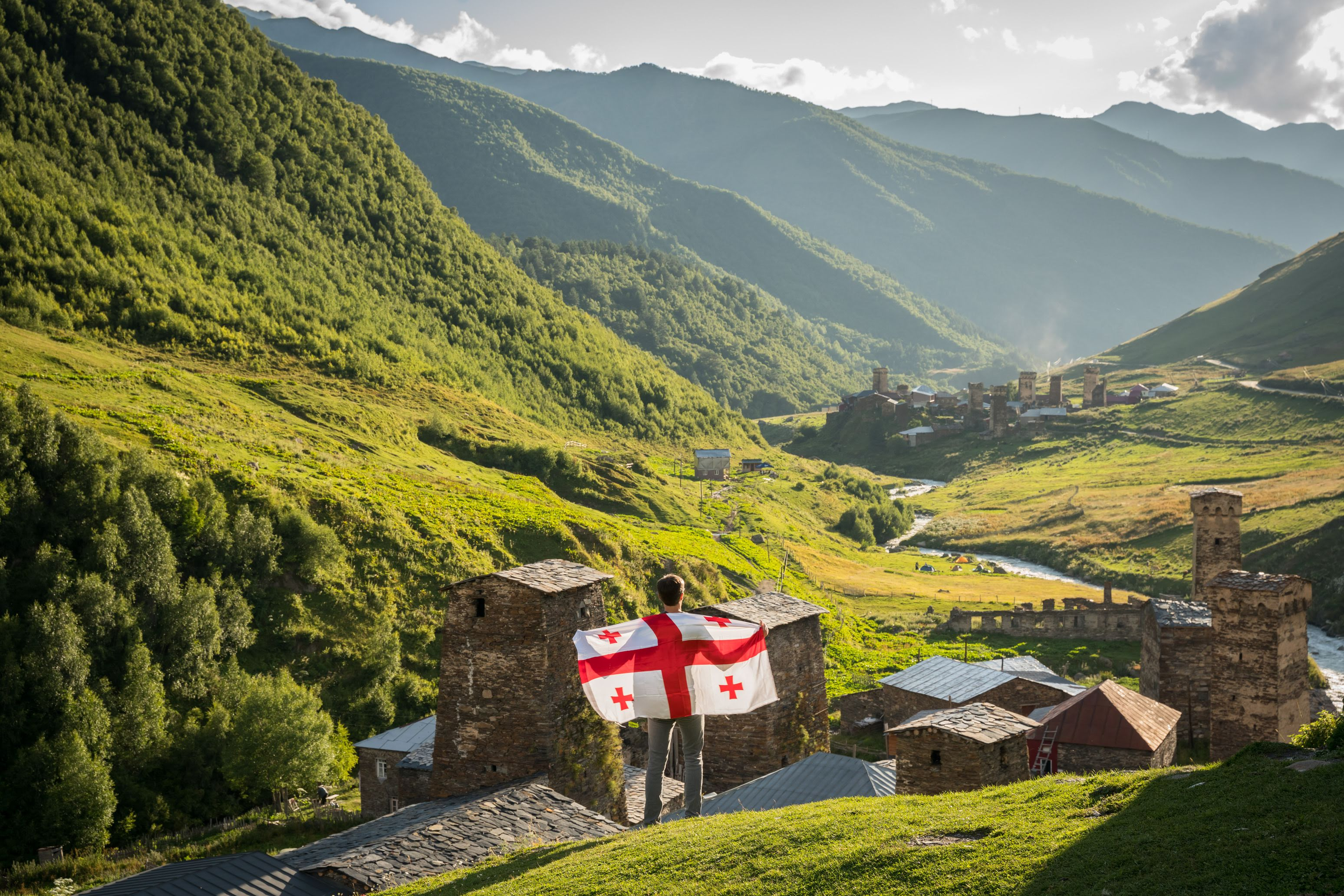
As you journey through the alpine valleys of Upper Svaneti, the impressive array of ancient towers, including the 2 story bell tower, reaching skyward is truly striking. These stone towers are reminders of the times when these highlands were a crucial defensive and refuge hub for the people of Svaneti, providing sanctuary from both invaders and the severe mountain weather.
Natural Unesco Site in Georgia
Colchic Rainforests and Wetlands
Georgia’s natural wonders are just as stunning as its historical sites, and the Colchic Rainforests and Wetlands are prime examples. Located along an 80 km stretch of the Black Sea coast, this area is recognized by UNESCO for its ancient forests and diverse wetlands, including unique peat bogs found only here. These landscapes have been around since the last ice age and are home to many unique species.
The Colchic Rainforests and Wetlands are not just a refuge for countless wildlife species; they also tell a story of the Earth’s ancient geological past. Covering 200 square kilometers, this area includes varied forest types, from dense rainforests to evergreen underbrush. It’s considered one of the last remaining examples of ancient forests that once covered much of Eurasia.
Conservation efforts are crucial in maintaining the biodiversity of this UNESCO site, which includes nearly 1,100 species of plants, among them 44 threatened species, and a remarkable variety of vertebrates. The management of these protected areas falls under the Agency of Protected Areas of the Ministry of Environmental Protection and Agriculture of Georgia, ensuring that local and global conservation priorities are met.
Let’s hope they keep up the good job they’ve been doing so far!
Tentative Unesco Sites in Georgia Worth Mentioning
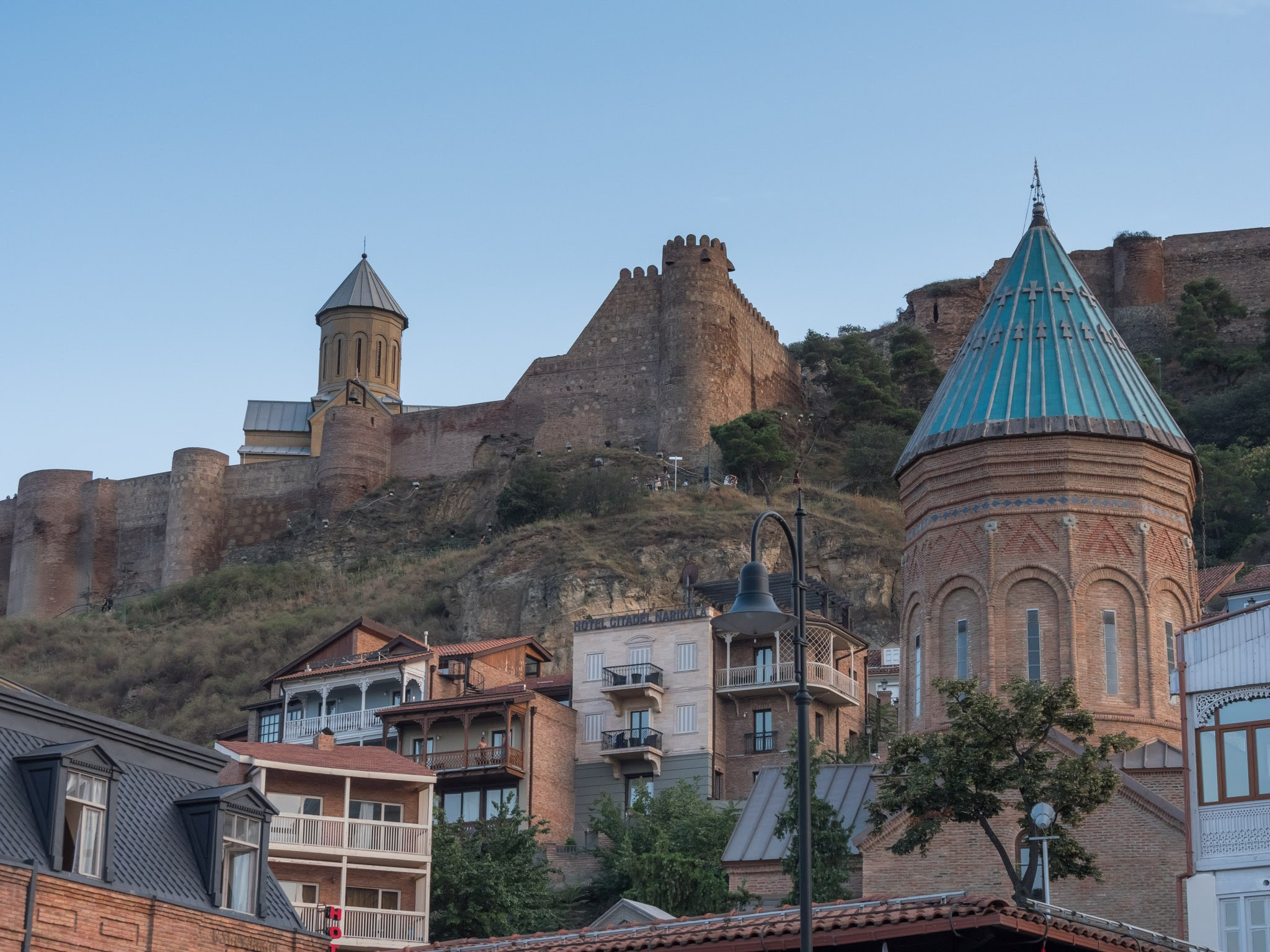
Georgia’s cultural heritage isn’t just about its famous UNESCO sites; there are also several more historical gems waiting for their moment in the spotlight.
Alaverdi Cathedral

Alaverdi Cathedral, nestled in Kakheti in Eastern Georgia, is a remarkable example of 11th-century Georgian ecclesiastical architecture. Not only is it renowned for its soaring height and ancient frescoes, but the cathedral also houses a historic winery made by the monks who live there.
However, it’s important to note that this winery is not open to tourist visits, preserving its sanctity and traditional operations. Even so….this site is a must visit as it beautifully encapsulates the blend of religious devotion and cultural heritage from Georgia’s medieval period.
Ananuri Fortress
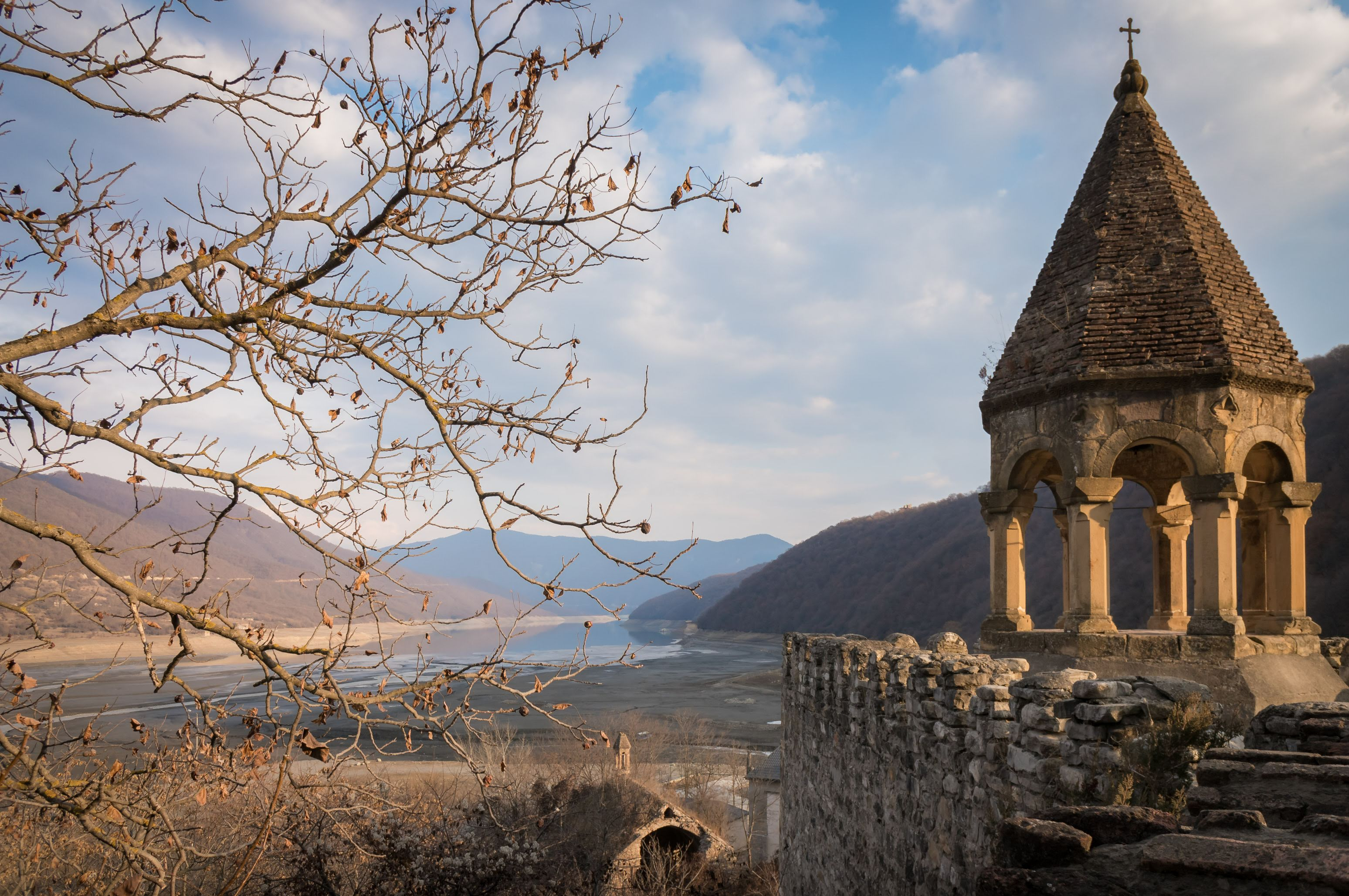
The Ananuri architectural complex, with its picturesque fortress and churches overlooking the Zhinvali Reservoir, stands as a majestic reminder of Georgia’s feudal era. This 16th-17th century fortress complex is renowned for its ornate stone carvings and defensive structures, symbolizing the power and artistry of the late medieval period in Georgia.
David Gareja Monasteries and Hermitage

The David Gareja Monasteries and Hermitage, is a complex of monastic cells and churches carved into the rock face. Set on the semi-desert slopes of Mount Gareji, this monastery was established in the 6th century by St. David Garejeli. It stands as a testament to the enduring spirit of Georgian monastic life and the clever use of architecture to adapt to a harsh landscape.
Dmanisi Hominid Archaeological Site

The Dmanisi Hominid Archaeological Site is famous for its groundbreaking discoveries, including some of the oldest human remains ever found outside of Africa. This key archaeological site offers crucial insights into how early humans, specifically Homo erectus, migrated and settled in new areas, opening up a fascinating glimpse into our distant ancestors’ lives..
Gremi Church of Archangels and Royal Tower
The Gremi Church of Archangels and Royal Tower, which once served as the bustling capital of the Kingdom of Kakheti, now remains as a poignant marker of Georgia’s rich past. This site features a 16th-century church and a royal tower, representing the peak of architectural and cultural achievements during the Kakhetian Renaissance.
Kvetera Church
Kvetera Church, located in the Kakheti region of Eastern Georgia, is a stunning example of 10th-century architecture. Known for its well-balanced proportions and detailed stone carvings, this church showcases the advanced craftsmanship of medieval Georgia.
Mta-Tusheti
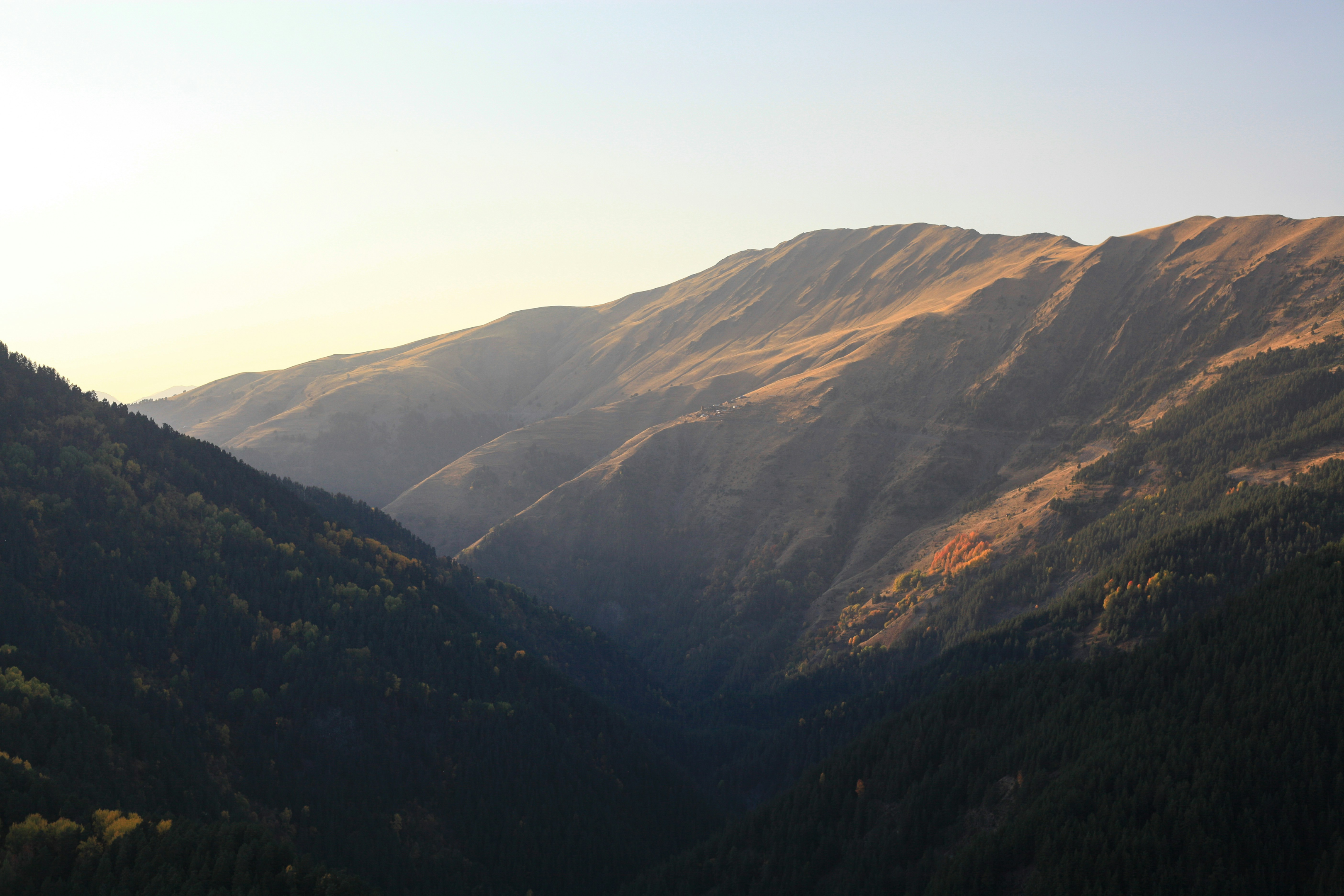
Tusheti, a secluded highland area in northeast Georgia, is a popular destination for tourists for its stunning landscapes and age-old traditions. Known for its medieval defense towers and untouched natural beauty.
Nicortsminda Cathedral
Nikortsminda Cathedral, set in the lush highlands of Racha, is a jewel of Georgian architecture, famed for its intricate stone carvings and detailed frescoes. Constructed in the 11th century, the cathedral showcases the elaborate ecclesiastical art and architectural expertise of medieval Georgia
Samtavisi Cathedral
Samtavisi Cathedral, an 11th-century gem of Georgian Orthodox architecture, stands out for its exceptional stone carvings and graceful design. Located in the Shida Kartli region, this cathedral epitomizes the unique style of Georgian ecclesiastical architecture that thrived during the medieval era
Shatili
Shatili, a historic highland village in Georgia, is celebrated for its unique medieval architecture, characterized by defensive towers that highlight its historical strategic significance.
Tbilisi Historic District
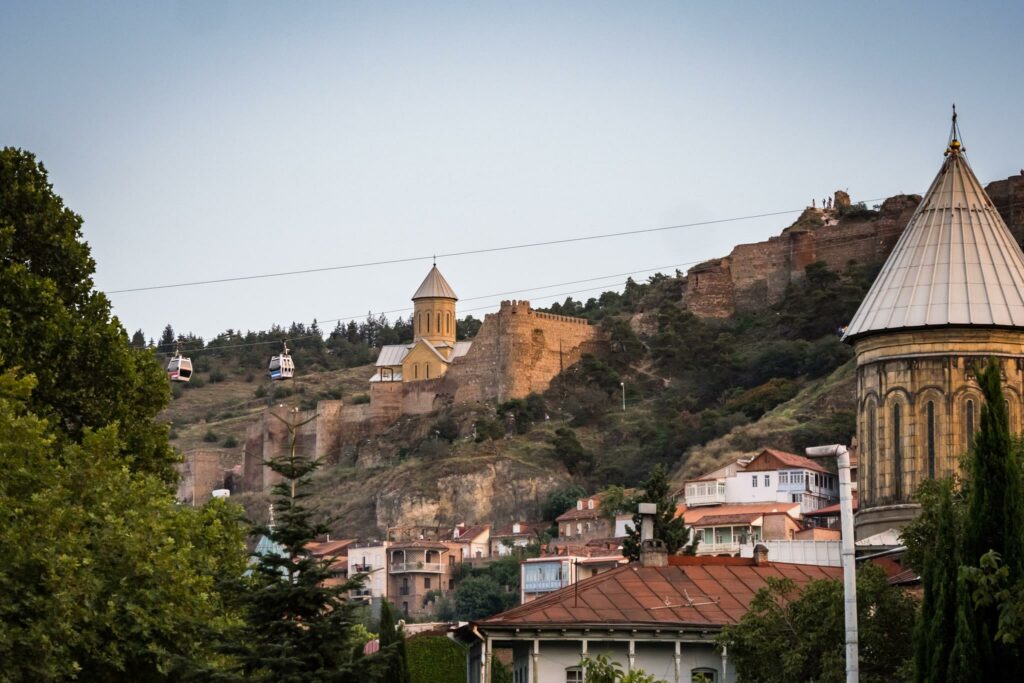
The Tbilisi Historic District offers a colorful mix of narrow lanes, varied architecture, and lively squares, each telling a part of the story of Georgia’s capital city through time. This area blends old buildings, remnants of the Soviet era, and modern touches, showcasing Tbilisi’s rich history and its role as a cultural meeting point between Europe and Asia. It’s a perfect spot for travelers looking to soak in the city’s vibrant atmosphere and diverse heritage.
Vani
Vani, nestled in the western part of Georgia, is known for its once-glorious past, this ancient city has revealed, through extensive excavations, a treasure trove of finely crafted gold and silver artifacts. These discoveries highlight Vani’s significance as a key cultural and economic hub in the ancient Colchis kingdom
Vardzia-Khertvisi
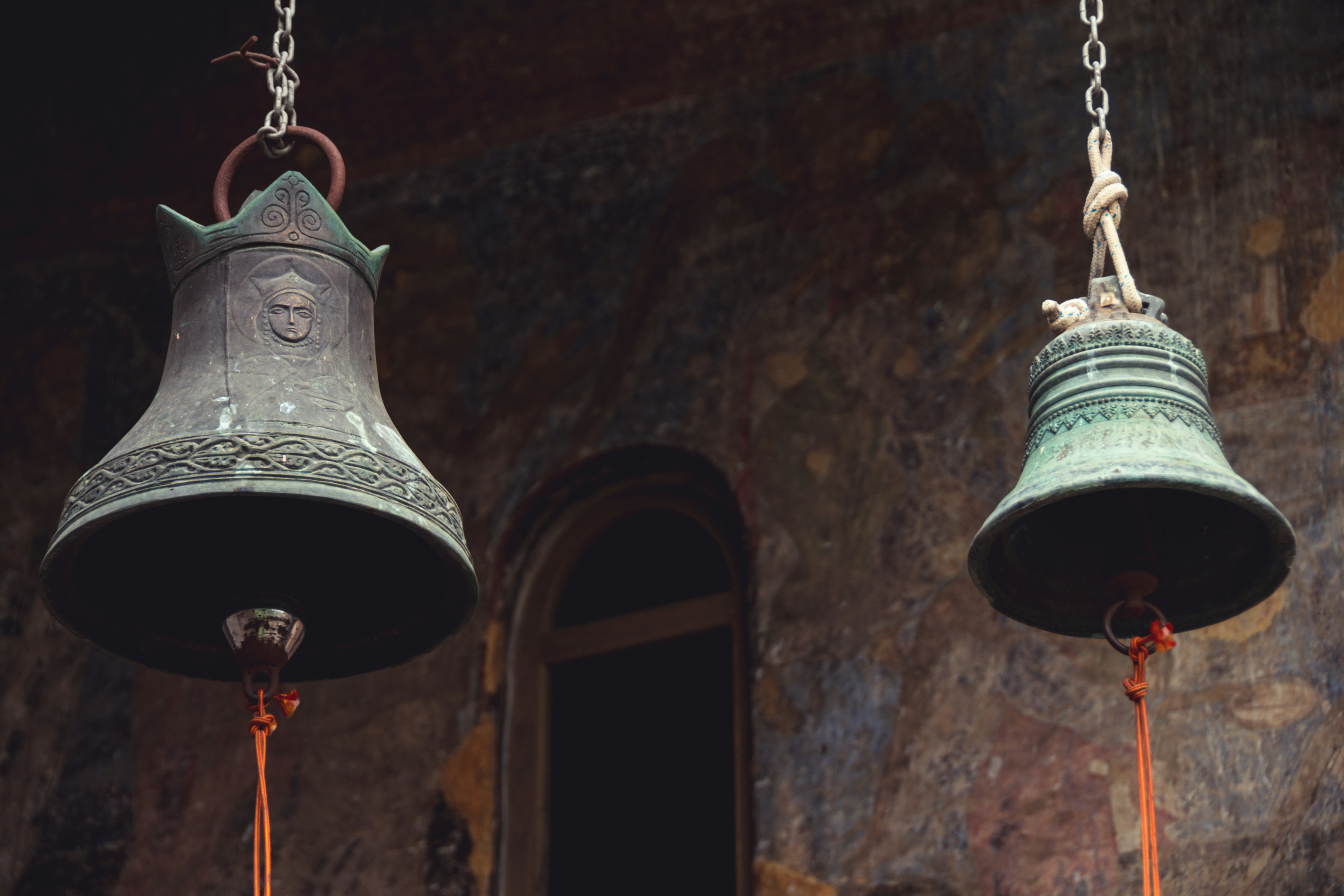
Vardzia is a striking cave monastery carved into the slopes of Erusheti Mountain along the left bank of the Mtkvari River in southern Georgia. Originating in the 12th century, this expansive site was developed by King Tamar as both a fortress and a spiritual center. Monks once filled its hundreds of cells, churches, chapels, and living quarters
Uplistsikhe Cave Town
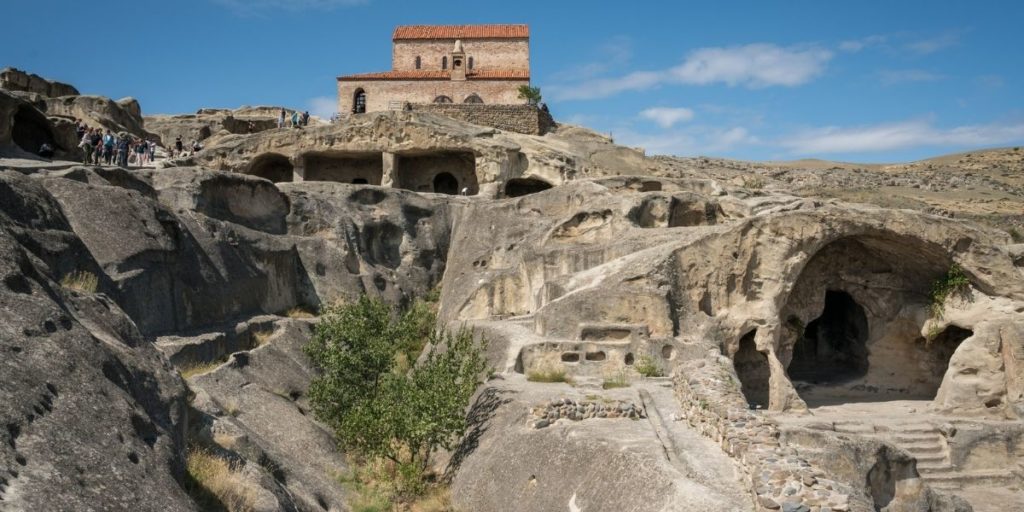
This site was once a major political and religious hub, playing a crucial role in Georgia from the 9th to 11thC. Today, it presents a complex maze of abandoned living quarters and communal spaces, all interlinked by a series of pathways that snake through the solid rock, offering a fascinating glimpse into past civilizations.
Challenges Facing Georgia’s UNESCO Sites
During the Soviet era, Georgia’s historical sites suffered from neglect and damaging transformations. The era’s insensitivity to the cultural importance of Georgia’s architectural and historical heritage resulted in the deterioration and, in some instances, whitewashing of frescoes and other artistic details in numerous monuments. Soviet urban planning and industrialization also led to the alteration or outright destruction of parts of these heritage sites.
Despite these challenges, the resilience of Georgian culture and the dedication of preservationists have allowed many of these sites to survive, continuing to tell the rich story of Georgia’s history.
In today’s modern world the country’s UNESCO Sites confront a barrage of challenges that still threaten their very existence. These challenges include:
- Uncontrolled urban development
- Neglect
- Natural disasters (including earthquake)
- Pollution
- Political instability
- Conflict
All of these pose risks to these irreplaceable treasures.
It is a poignant reminder of the delicate balance between preserving the past and embracing modernity— a balance that must be struck to protect the outstanding universal value of these UNESCO World Heritage Centre sites.
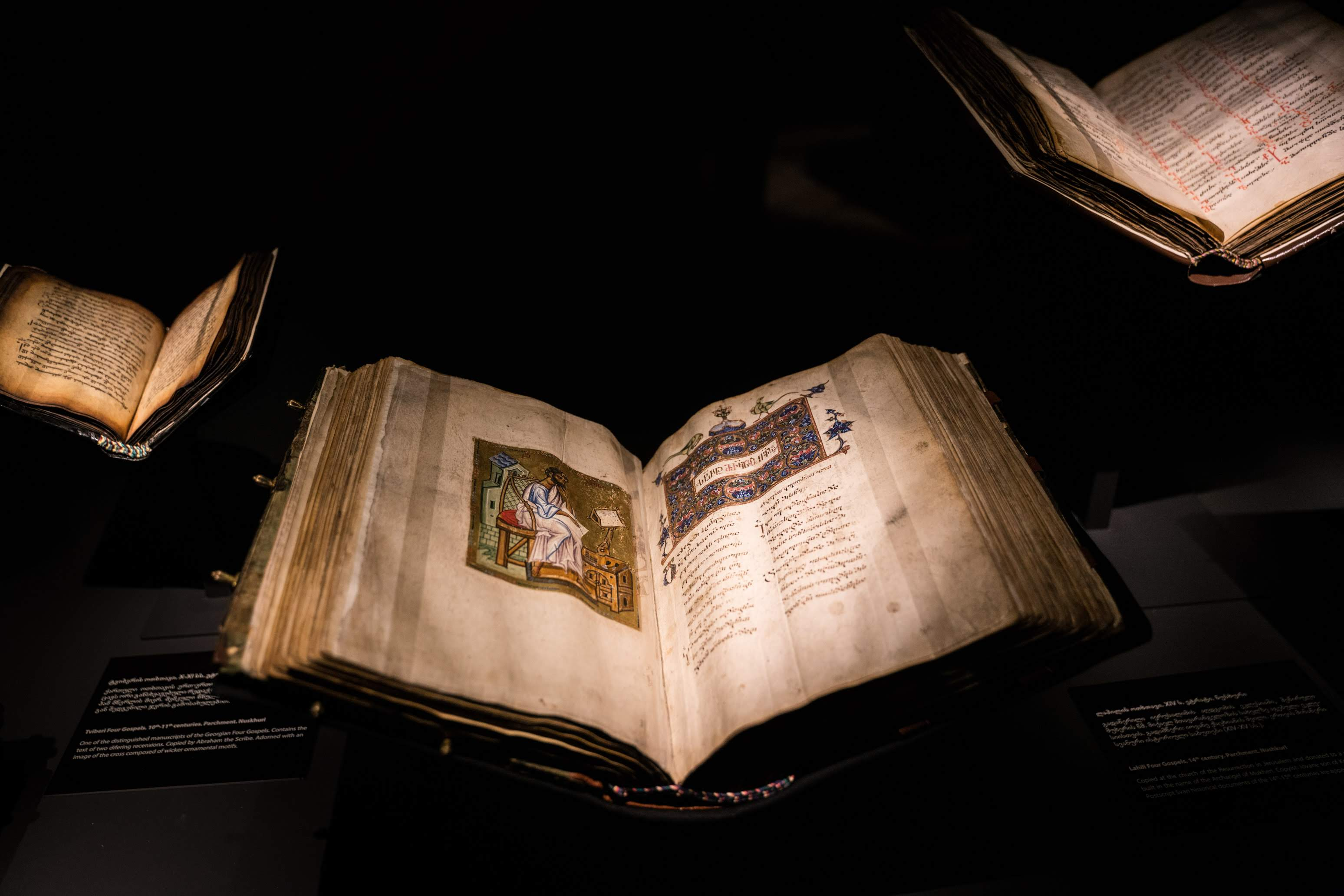
Georgia UNESCO Intangible Cultural Heritage List
The UNESCO Intangible Cultural Heritage List is a collection of traditions, practices, customs, and expressions that are recognized by the United Nations Educational, Scientific and Cultural Organization (UNESCO) as integral to the cultural heritage of communities, groups, and individuals around the world. This list aims to protect and promote the diversity of cultural heritage that is not tangible or physical in nature, such as oral traditions, performing arts, social practices, rituals, and festive events, knowledge and practices concerning nature and the universe, and traditional craftsmanship.
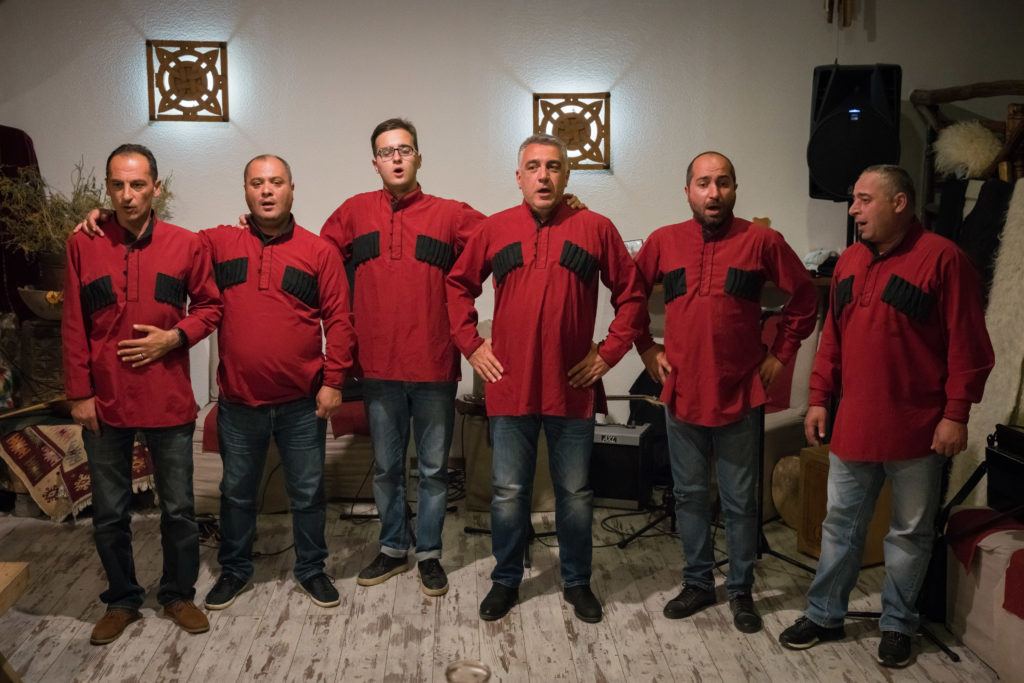
Georgia’s intangible cultural heritage, recognized by UNESCO, is as rich and diverse as its physical monuments. The country’s traditions span from:
- Chidaoba, the Georgian style of wrestling
- The living culture of the Georgian alphabets, which has evolved over centuries
- The ancient Georgian traditional Qvevri wine-making method
- The hauntingly beautiful Georgian polyphonic singing
These practices showcase the variety of traditions that form the fabric of Georgian society.

These traditions are not merely relics of the past but are vibrant expressions of Georgia’s cultural identity that continue to be practiced and celebrated today. They add depth and color to the Georgian experience, offering visitors a chance to connect with the country’s soul through its living customs and communal celebrations.
Practical Information for Visitors.
Getting There
Various transport options make it easy to access these landmarks, catering to all travelers. Organized day trips by GoTrip easily connect you to Mtskheta, Gori, and Uplistsikhe, letting you soak in multiple historic sites in just one day.
If you are wanting to add some wine tasting to your explorations – we offer private on demand tours to Mtskheta and Uplistsikhe.
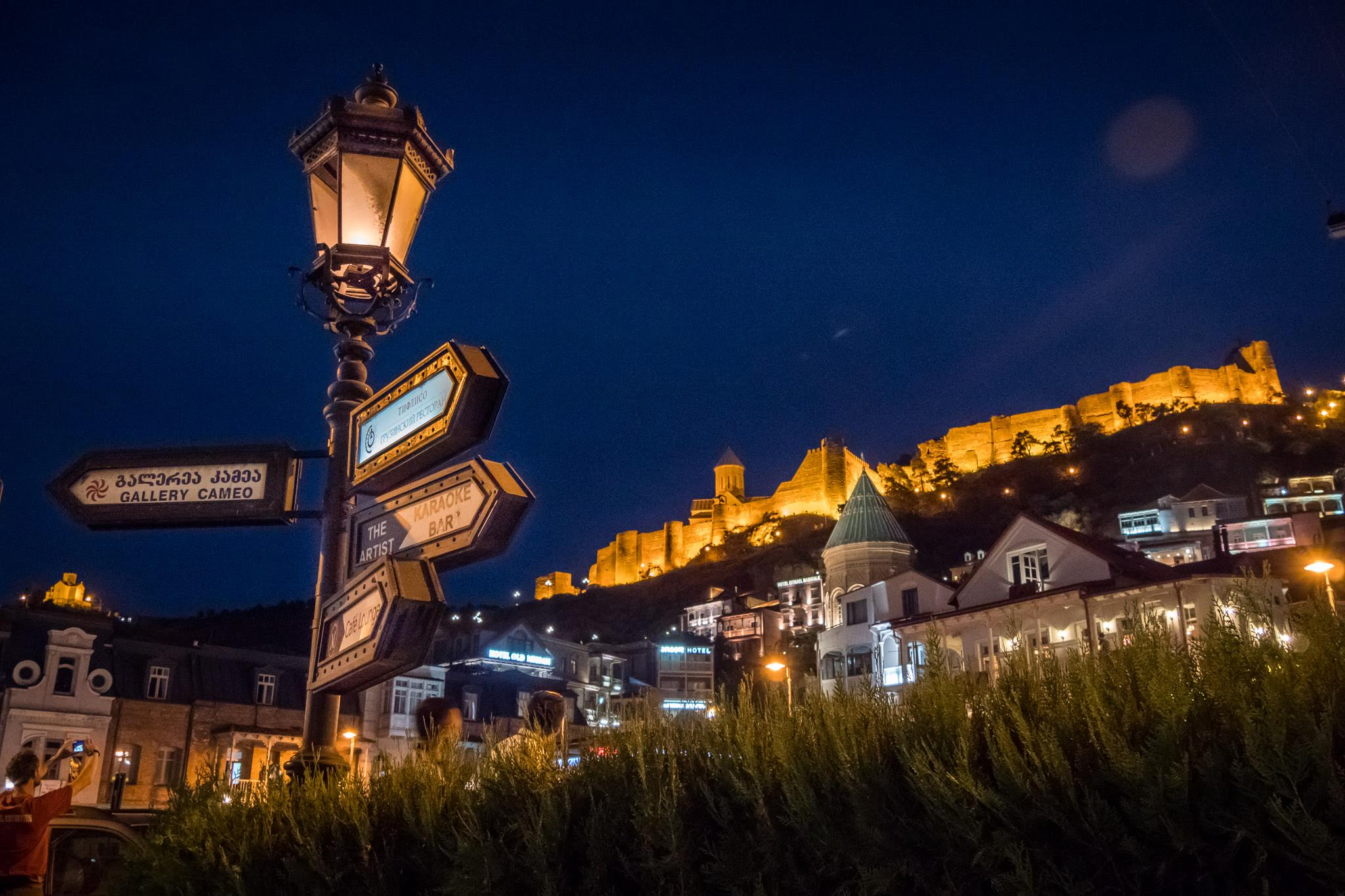
Georgia’s UNESCO sites are not just landmarks but the keystones of the nation’s rich historical and cultural tapestry. From the architectural splendor of ancient monasteries to the enduring traditions of polyphonic singing and Qvevri winemaking, these sites offer a deep dive into the spiritual and cultural identity of Georgia.
The ongoing conservation efforts are crucial, as they help maintain the delicate balance between preserving these timeless treasures and embracing modernity. For anyone looking to explore a landscape steeped in history and tradition, Georgia offers a unique and profound journey into its heritage, where every site tells a story of resilience and beauty.
Frequently Asked Questions
What is the significance of the Svetitskhoveli Cathedral in Georgian history?
The Svetitskhoveli Cathedral holds significant importance in Georgian history as the Mother Cathedral of Georgia, dating back to the 4th century AD, and has been a central religious institution shaping the religious life of Christian Georgia for centuries.
Are there any UNESCO natural sites in Georgia?
Yes, the Colchic Rainforests and Wetlands in Georgia are recognized by UNESCO for their diverse ecosystems and unique peat bogs and ancient forests, which are home to many endemic species.
Can visitors stay overnight in the medieval village of Ushguli?
Yes, visitors can stay overnight in many warm and friendly Guest houses in Ushguli, which offer a range of lodging options to suit different preferences and budgets.
What are some intangible cultural heritage elements recognized by UNESCO in Georgia?
UNESCO has recognized Georgia’s intangible cultural heritage, which includes Chidaoba, the living culture of the Georgian alphabets, the Qvevri wine-making method, and Georgian polyphonic singing. These elements reflect the rich cultural traditions of Georgia.
How are the local communities involved in the preservation of UNESCO sites in Georgia?
Local communities and organizations play a crucial role in preserving and promoting Georgia’s UNESCO sites through training, conservation work, and engagement initiatives, ensuring the safeguarding of their heritage.




